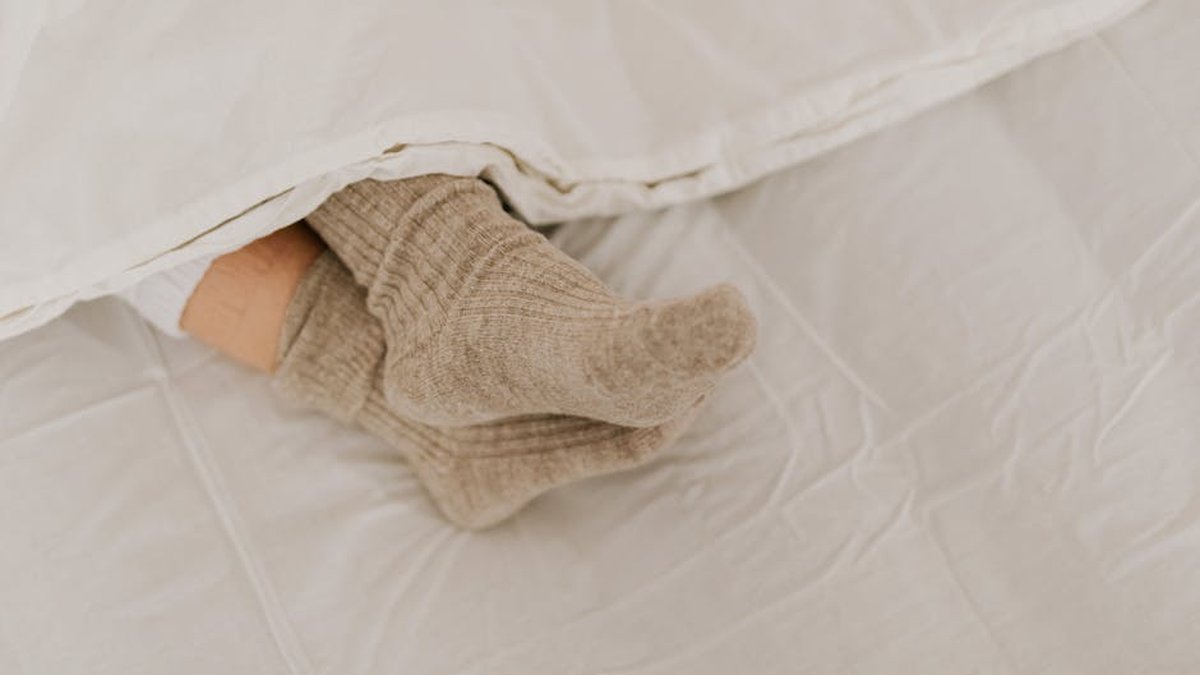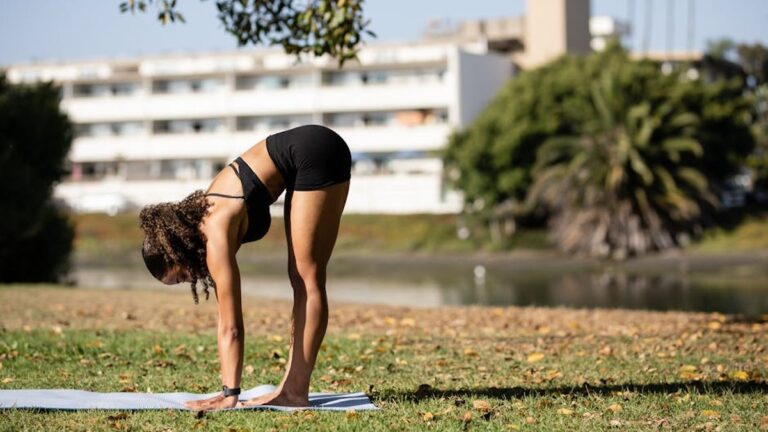The Rise of Biohacking for Sleep: Optimizing Your Rest with Wearable Tech and Personalized Data
Introduction: Sleep Hacking for a Better You
In today’s fast-paced world, quality sleep often takes a back seat. We’re constantly bombarded with stimuli, leading to stress, anxiety, and ultimately, poor sleep. But what if you could take control of your sleep, optimizing it for maximum performance and well-being? Enter biohacking for sleep – a data-driven approach to understanding and improving your sleep patterns.
Biohacking, at its core, is about using science and technology to enhance your body’s functions. When applied to sleep, it involves leveraging wearable tech, analyzing personalized data, and implementing targeted strategies to achieve deeper, more restorative rest. This isn’t about quick fixes; it’s about understanding your unique sleep needs and crafting a tailored plan for optimal sleep health.
Understanding the Science of Sleep
Before diving into the tools and techniques of sleep biohacking, it’s crucial to understand the basics of sleep science. Sleep isn’t just a period of inactivity; it’s a complex process involving different stages, each with its own unique function:
- Stage 1 (NREM 1): Light sleep, where you drift in and out of consciousness.
- Stage 2 (NREM 2): Eye movement stops and brain waves slow down, with occasional bursts of rapid activity.
- Stage 3 (NREM 3): Deep sleep, crucial for physical restoration and hormone regulation.
- REM Sleep: Rapid eye movement sleep, associated with dreaming and cognitive processing.
Understanding these stages allows you to appreciate how different factors, such as light exposure, temperature, and diet, can affect your sleep cycle. The goal of sleep biohacking is to optimize the duration and quality of each stage for maximum benefit.
Wearable Tech: Your Sleep Data Companion
Wearable technology is the cornerstone of sleep biohacking. Devices like smartwatches, fitness trackers, and dedicated sleep monitors provide valuable insights into your sleep patterns. These devices typically track:
- Sleep duration: The total amount of time you spend asleep.
- Sleep stages: The amount of time spent in each stage of sleep (light, deep, REM).
- Heart rate variability (HRV): A measure of the variation in time between heartbeats, which can indicate stress levels and overall health.
- Movement: How much you toss and turn during the night.
- Breathing patterns: Some devices can detect sleep apnea or other breathing irregularities.
By analyzing this data, you can identify patterns and trends that may be affecting your sleep quality. For example, you might discover that you consistently get less deep sleep on nights when you consume alcohol or that your HRV is lower on days when you’re stressed.
Choosing the Right Wearable
With so many wearable options available, it’s essential to choose one that suits your needs. Consider factors such as accuracy, comfort, battery life, and the specific metrics tracked. Popular choices include:
- Oura Ring: Known for its accuracy and comprehensive sleep tracking.
- Fitbit: A versatile option with good sleep tracking capabilities.
- Apple Watch: Integrates seamlessly with the Apple ecosystem and offers sleep tracking features.
Personalized Data and Actionable Insights
Collecting data is only the first step. The real power of sleep biohacking lies in interpreting that data and using it to make informed decisions about your sleep habits. This involves:
- Identifying patterns: Look for correlations between your daily activities and your sleep quality.
- Experimenting with interventions: Try different strategies, such as adjusting your bedtime, optimizing your sleep environment, or incorporating relaxation techniques.
- Tracking your progress: Monitor your sleep data to see how these interventions are affecting your sleep patterns.
Practical Biohacking Tips for Better Sleep
Here are some actionable tips you can implement to biohack your sleep:
- Optimize your sleep environment: Make sure your bedroom is dark, quiet, and cool.
- Establish a consistent sleep schedule: Go to bed and wake up at the same time each day, even on weekends.
- Limit screen time before bed: The blue light emitted from electronic devices can interfere with melatonin production.
- Avoid caffeine and alcohol before bed: These substances can disrupt your sleep cycle.
- Practice relaxation techniques: Try meditation, deep breathing, or yoga to calm your mind before bed.
- Consider supplements: Magnesium, melatonin, and L-theanine may help improve sleep quality (consult with a healthcare professional before taking any supplements).
The Future of Sleep Biohacking
Sleep biohacking is a rapidly evolving field, with new technologies and insights emerging all the time. As wearable technology becomes more sophisticated and our understanding of sleep science deepens, we can expect even more personalized and effective approaches to optimizing sleep. The future of sleep is data-driven, and biohacking is leading the way.
Conclusion: Take Control of Your Sleep
Biohacking for sleep offers a powerful way to take control of your rest and unlock your full potential. By leveraging wearable tech, analyzing personalized data, and implementing targeted strategies, you can optimize your sleep quality and improve your overall well-being. Start small, experiment with different interventions, and track your progress. With patience and persistence, you can transform your sleep and experience the profound benefits of a well-rested mind and body.






